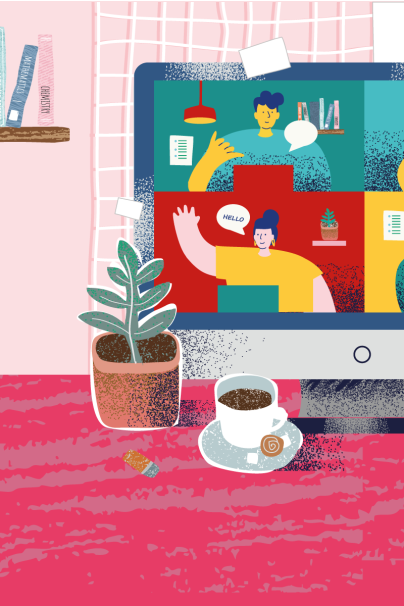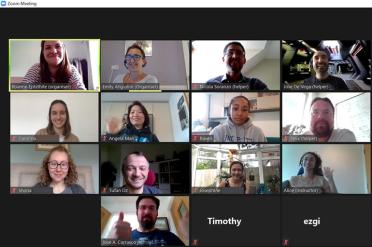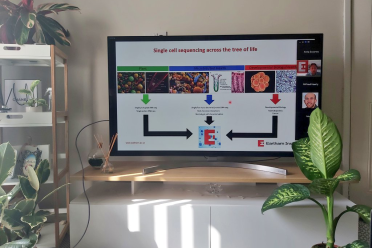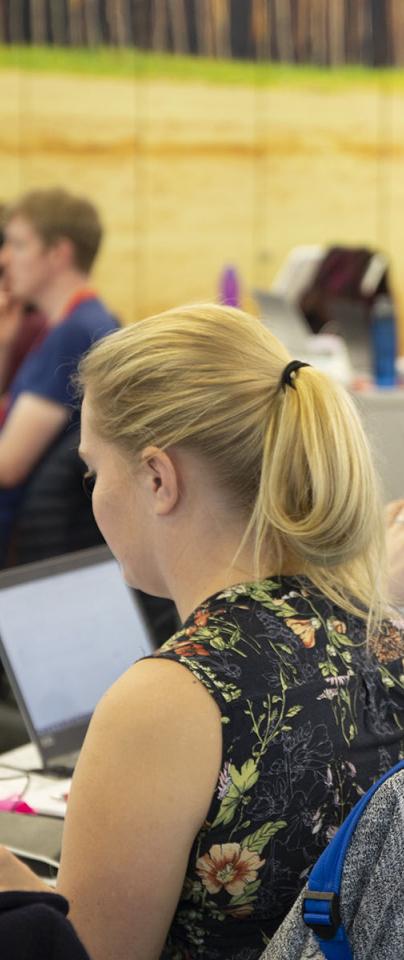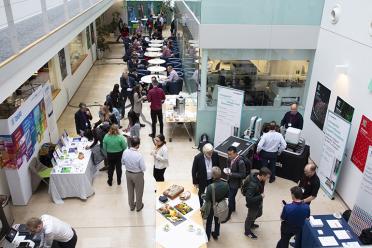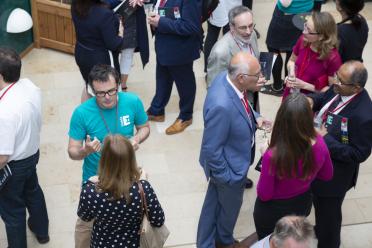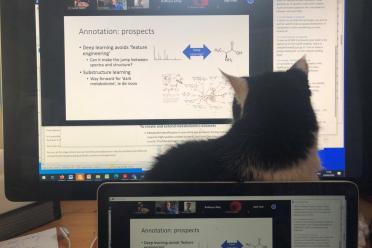The future is likely to see a blend of in-person and virtual events, especially considering the many positives we have covered here. Accessibility and sustainability must surely be at the forefront of our thinking.
Many of the negatives will also undoubtedly be rectified as we develop more online tools - particularly for networking - and become more comfortable, culturally, with virtual meetings and how to behave online.
EI’s Scientific Training & Education Team Manager Dr Emily Angiolini indicates that events at EI will offer a blend going forwards, a move which is supported by our funders, UKRI BBSRC, and scientific advisory board.
“We put accessibility and useability of our training courses at the forefront of the redevelopment process to allow us to deliver events in a virtual format - making sure delegates had the best chance to absorb and review the information, without suffering screen fatigue, whilst being mindful of other commitments and responsibilities during these unprecedented times,” says Dr Angiolini.
“Having seen first hand how inclusive and accessible our training and other events have been, we are excited to take a new stance with our future events, adapting them to so that we can have delegates both in-person and virtually attending, extending the potential reach and increasing inclusivity. These are the events of the future.”
Join us [virtually] next year.
We are already looking ahead to 2021, with some initial virtual events lined up. More will be announced at the start of 2021, but for now take a look at the training and opportunities we have coming up that you might like to join us at:
